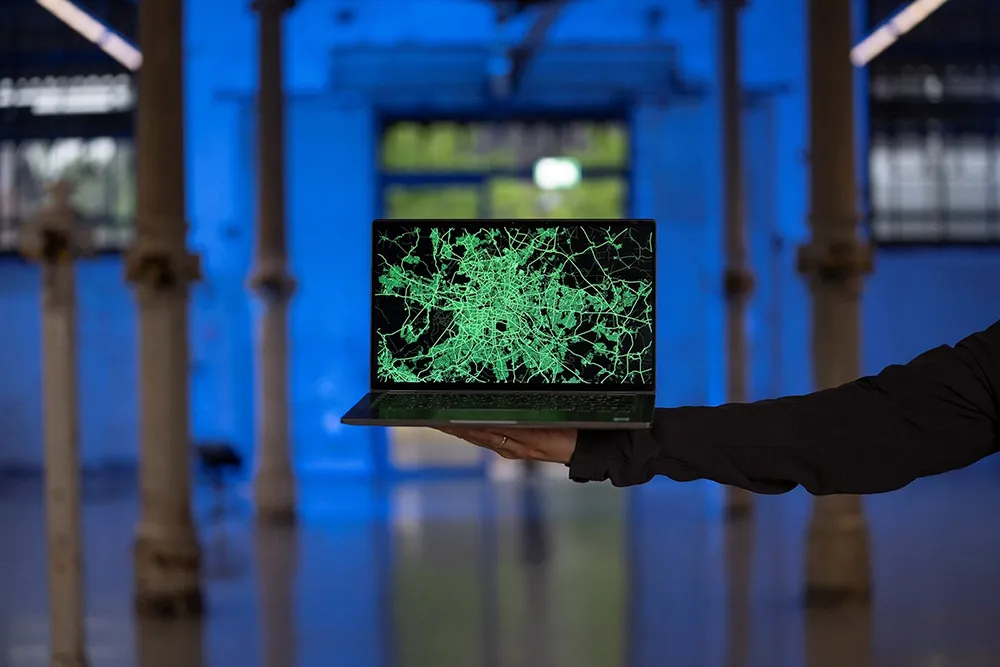New analysis by Frost & Sullivan claims the mobility network will draw inspiration from the user-interface oriented and service-driven, smartphone business model, to render car ownership an option for consumers. The subscription and user model of accessing vehicles will coexist alongside the traditional sales and ownership model, thereby enabling mobility-on-demand solutions for every commuting need.
Even though the analysis, The Future of Intelligent Mobility and its Impact on Transportation, expects a
November 13, 2015
Read time: 3 mins
New analysis by 2097 Frost & Sullivan claims the mobility network will draw inspiration from the user-interface oriented and service-driven, smartphone business model, to render car ownership an option for consumers. The subscription and user model of accessing vehicles will coexist alongside the traditional sales and ownership model, thereby enabling mobility-on-demand solutions for every commuting need.
Even though the analysis, The Future of Intelligent Mobility and its Impact on Transportation, expects a large fraction of vehicles-in-operation to still be manually driven in 2035, these vehicles will be far more intelligent than those of today.
“The Automotive Council UK proposes the move from a siloistic approach towards an integrated approach to achieve the global transportation industry’s goals of safer, cleaner and leaner mobility,” said Frost & Sullivan senior research analyst Kamalesh Mohanarangam. “Vehicle automation, cooperative driving, new mobility models, alternative propulsion, and traffic flow optimisation will be important elements in this pursuit.”
For now, Europe is focusing on connectivity, automation and technology, while North America leverages an innovative and transformative solution built using transportation data collated through a system of connected vehicles, mobile devices and roads. Japan, on the other hand, is in the midst of a highly people-centric initiative that connects vehicles and traffic environments to alleviate the mobility hardships of an aging population.
“These vigorous efforts towards an intelligent mobility era can be explained by considering the benefits that could be gained,” noted said Frost & Sullivan senior analyst Arunprasad Nandakumar. “Intelligent mobility holds the potential to achieve up to 40 per cent crash reduction through effective incident management and enhanced collision avoidance. New transport modes like ride sharing/car sharing and rapid transits can also lead to 25 per cent travel time savings in major cities and a slash in mobility spending by six billion dollars.”
Furthermore, an intelligent mobility network could boost fuel savings due to the increase in average travel speed. The combined effect of this is an average reduction in travel stops by 40 per cent and drop in CO2 levels by 15 per cent.
“Having said all this, the transportation industry still has a long way to go,” said Mohanarangam. “The biggest technological challenge the industry faces is to attain a near-human driving feel in automated mode. As algorithms written for the initial deployment of automated vehicles cater to conditional automation and cannot deal with complex scenarios, employing artificial intelligence seems crucial at this juncture.”
Even though the analysis, The Future of Intelligent Mobility and its Impact on Transportation, expects a large fraction of vehicles-in-operation to still be manually driven in 2035, these vehicles will be far more intelligent than those of today.
“The Automotive Council UK proposes the move from a siloistic approach towards an integrated approach to achieve the global transportation industry’s goals of safer, cleaner and leaner mobility,” said Frost & Sullivan senior research analyst Kamalesh Mohanarangam. “Vehicle automation, cooperative driving, new mobility models, alternative propulsion, and traffic flow optimisation will be important elements in this pursuit.”
For now, Europe is focusing on connectivity, automation and technology, while North America leverages an innovative and transformative solution built using transportation data collated through a system of connected vehicles, mobile devices and roads. Japan, on the other hand, is in the midst of a highly people-centric initiative that connects vehicles and traffic environments to alleviate the mobility hardships of an aging population.
“These vigorous efforts towards an intelligent mobility era can be explained by considering the benefits that could be gained,” noted said Frost & Sullivan senior analyst Arunprasad Nandakumar. “Intelligent mobility holds the potential to achieve up to 40 per cent crash reduction through effective incident management and enhanced collision avoidance. New transport modes like ride sharing/car sharing and rapid transits can also lead to 25 per cent travel time savings in major cities and a slash in mobility spending by six billion dollars.”
Furthermore, an intelligent mobility network could boost fuel savings due to the increase in average travel speed. The combined effect of this is an average reduction in travel stops by 40 per cent and drop in CO2 levels by 15 per cent.
“Having said all this, the transportation industry still has a long way to go,” said Mohanarangam. “The biggest technological challenge the industry faces is to attain a near-human driving feel in automated mode. As algorithms written for the initial deployment of automated vehicles cater to conditional automation and cannot deal with complex scenarios, employing artificial intelligence seems crucial at this juncture.”









